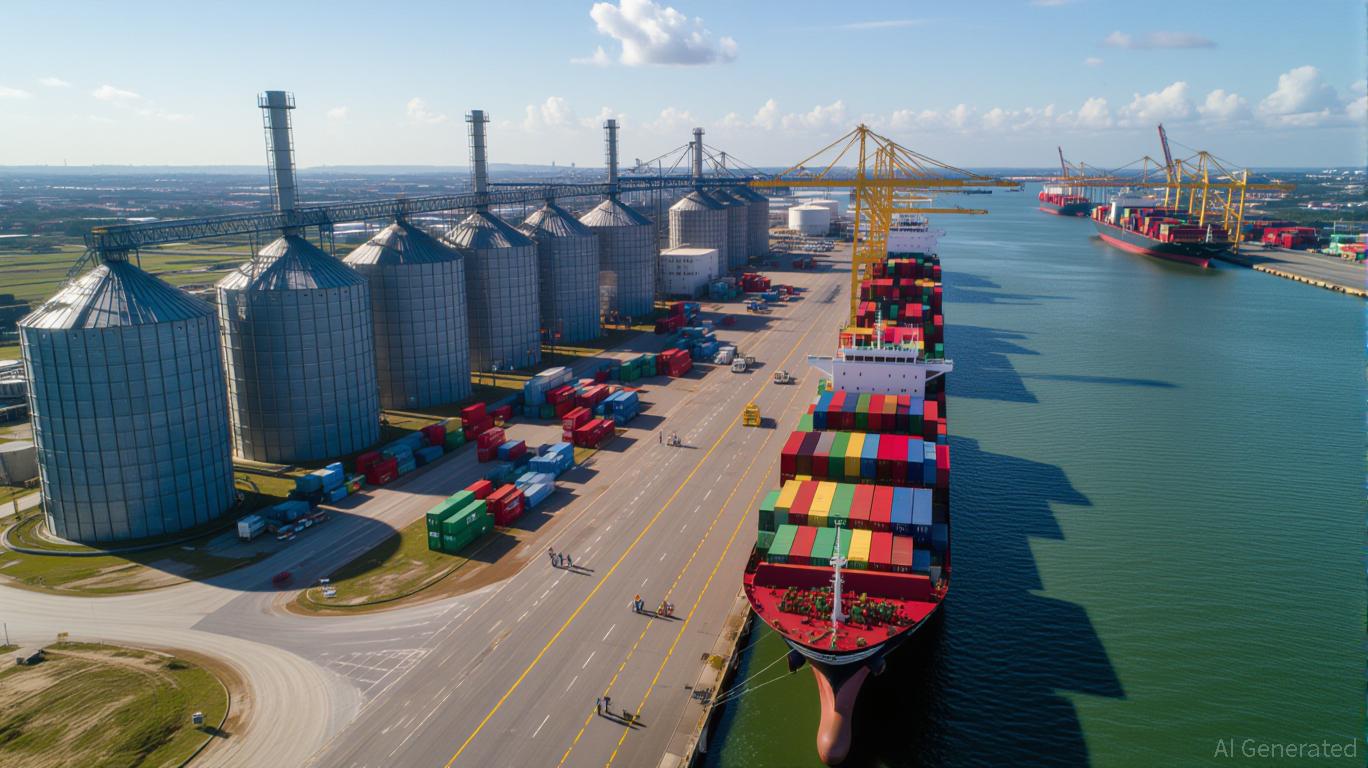
The U.S. soybean industry is facing a perfect storm of short-term liquidity pressures and long-term structural vulnerabilities, driven by China’s shifting import dynamics and Brazil’s ascendance as the world’s dominant soybean supplier. While media narratives often cite a “drought” in China’s soy crusher sector, the reality is more nuanced: logistical bottlenecks, a soymeal surplus, and geopolitical tensions—not drought—have reshaped global soybean trade. For U.S. farmers and investors, the implications are stark.
Short-Term Liquidity Crisis: A Market in Peril
China’s soybean imports in 2025 have been marked by volatility, with April 2025 imports hitting a 10-year low of 6.08 million metric tons due to customs delays and Brazilian shipment bottlenecks. By May, imports rebounded to a record 13.92 million metric tons, but this surge masked deeper issues. Chinese crushers are grappling with a soymeal surplus, driven by record imports in May and June 2025, which have led to negative crush margins in key hubs like Rizhao. Soymeal prices have plummeted by 19% in three months, forcing small-scale shutdowns and storage constraints.
For U.S. farmers, the immediate pain is palpable. Soybean prices on the Chicago Board of Trade (CBOT) have fallen to $10.48¼ per bushel, below the $12–$14 cost of production. This margin compression is exacerbated by high input costs and a lack of export demand. China, once the U.S.’s largest soybean buyer, has not purchased a single new-crop cargo in 2025, with Brazil capturing 80% of China’s import market.
Long-Term Structural Risks: Brazil’s Dominance and Trade Tensions
The U.S. soy sector’s woes are not just cyclical but structural. Brazil’s record 169.3 million-ton soybean crop in 2024–25, combined with lower production costs and efficient logistics, has cemented its position as the preferred supplier for China. Brazilian soybeans are now priced 15–20% lower than U.S. equivalents, a gap that has widened due to retaliatory tariffs (20% on U.S. soybeans) and the U.S. dollar’s strength.
Meanwhile, U.S. trade policies and geopolitical tensions are compounding the problem. The U.S.-China trade war, which began in 2018, has left a lasting scar: U.S. soybean exports to China have fallen from 31% of U.S. production during the Phase One Trade Agreement era to just 22% in 2023–24. With the Trump administration’s potential re-imposition of tariffs on Chinese goods, further erosion of U.S. market share is likely.
Investment Implications: Navigating the Soybean Quagmire
For investors, the soybean sector presents a mix of risks and opportunities. U.S. soybean producers, already facing annualized losses of $9.4 billion since 2018, may struggle to remain profitable without a trade resolution or market diversification. However, the crisis also highlights undervalued assets in the U.S. agricultural supply chain.
- Diversification as a Lifeline: U.S. farmers and agribusinesses must pivot to alternative markets….
Read More: Implications for U.S. Farmers and Global Commodity Markets



